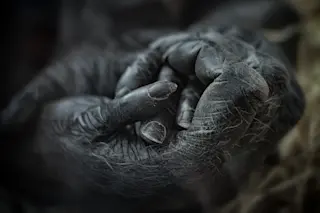As the SARS-CoV-2 virus rocks the world, a haunting aspect of the pandemic is coming increasingly into focus: The very sick are dying all-too-often without loved ones by their side.
The novel coronavirus is too contagious, and hospitals in many nations too overwhelmed, for visitors to be allowed at the bedside to whisper words of comfort, hold a hand, or say goodbye. Instead, grieving for the dead often takes place at a distance.
In Italy, funerals are banned. The bodies of coronavirus victims are sealed away immediately, still enrobed in hospital gowns. An emergency physician in New York City has described the anguish of family members saying goodbye to coronavirus patients by phone. A Michigan woman used FaceTime to calm her 20-year-old son in an intensive care unit, only days after his father died of the virus. He died as well.
Increasingly, this kind of physical separation between loved ones ...














